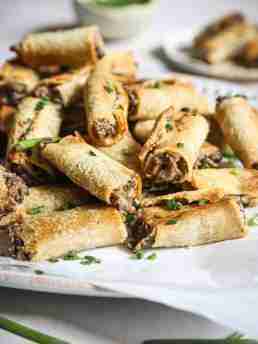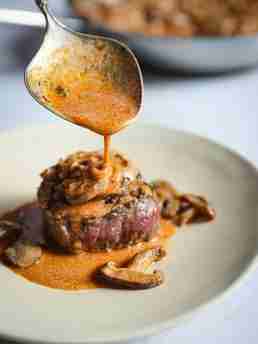French Recipes
You can’t imagine France without imagining its incredible food. It’s here that cooking reached the height of elegance and finesse. French cuisine rivals any other for the amount of techniques it developed, and that’s why chefs from around the world travel here to train.
That tradition of mastery has also led to time-honored classic dishes that form the basis of French cooking. And it is also home to one of the largest modernist revolutions in all of gastronomy—what chefs call the Nouvelle cuisine.
To truly understand the astounding achievements of French cuisine, we’ll need a better understanding of the regional variety and technical components.
Regions of French Cuisine
To fully articulate the regional differences in French cuisine would take a stack of books. A brief example, however, shows the stunning diversity.
- In Paris and its surrounding areas (called the Île-de-France), we see haute cuisine—the absolute height of fine dining. Here you have complicated dishes served by chefs looking to make a name for themselves. That fiercely competitive atmosphere leads to some of the best quiche Lorraine and coq au vin you’ll ever find. These are rounded out with famous desserts that include macarons.
- In the south, Provence offers Mediterranean flavors with ingredients like olive oil, seafood, rosemary, tomatoes, and garlic. The sunny climate prefers salads with fresh ingredients to the complex contraptions of Paris. It’s here that you find classics like ratatouille and bouillabaisse.
- Meanwhile, the Alsace region boasts a strong German influence. Rather than an obsession with virtuoso cooking or a preoccupation with fresh ingredients, Alsace offers hearty and rustic meals featuring meat as the undeniable star of the show. This leads to dishes like choucroute garnie paired with Alsatian wine.
French Pastries, Chocolate, Cheese, and Wine
What is French gastronomy without these fineries?Pastries, chocolate, cheese, and wine form a considerable part of the French cuisine and even the French soul.
- Pastries: French pastries use layering techniques to produce a flaky texture. Croissants and pain au chocolate are great examples. Cream-filled eclairs and almond meringue-based macarons are also famous examples of French pastries.
- Chocolate: French chocolate is subtle in its sweetness and intense in its flavor.
- Cheese: France is home to more than 1,000 varieties of cheese. These bring regional flavors and innovation in production. There is everything from creamy Brie de Meaux to pungent Roquefort to nutty Comté.
- Wine: Few countries have as complex and vibrant a relationship to wine as France. Its wine regions are so renowned that they lend their name to some of the most beloved bottles you can buy—Bordeaux, Champagne, Burgundy.
These finishing touches on French cuisine remind us of the philosophy at the heart of food and drink in the country: the arte de vivre. This approach to life emphasizes the refined art of enjoying your time. And what better way to do that than with the exquisite offering of French food?




